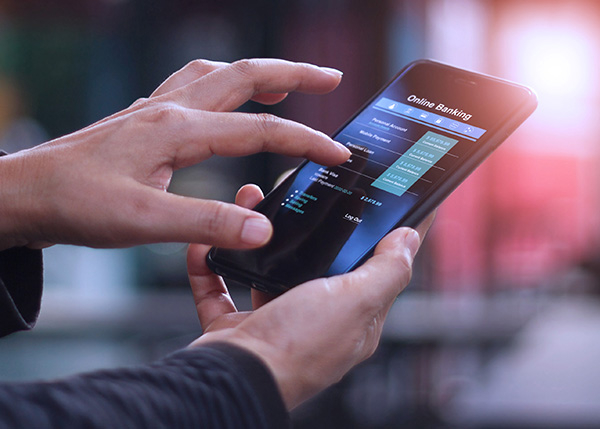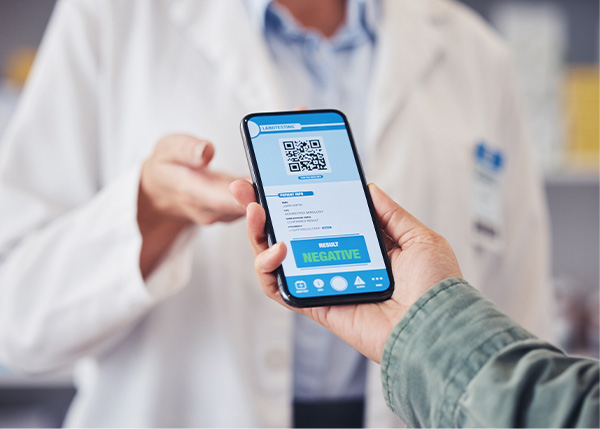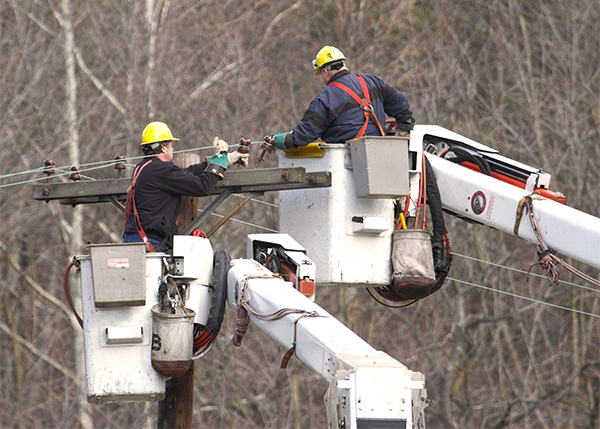There’s no question that mobile devices improve productivity. According to the Evolving Workforce Project, 83 percent of workers feel that advances in mobile technology have made them more productive. A Cisco study found that Bring Your Own Device (BYOD) policies enabled 37 minutes more productive time each week.
Unfortunately, that productivity can come at the expense of security. Mobile devices can get lost or stolen. Users fall victim to social engineering attacks and reveal their credentials. That puts corporate applications and data at risk of unauthorized access. This is particularly problematic in highly regulated industries such as banking and healthcare.
Geofencing is a powerful tool that can help reduce risk. With geofencing, a mobile app uses GPS, cellular data, Wi-Fi or radio frequency identification (RFID) to define a virtual boundary. Whenever the device exits that geographic area, the mobile app can be disabled. The DeSeMa team uses this technique frequently to secure sensitive applications.
Here are some examples of industry sectors where geofencing can strengthen mobile app security.



